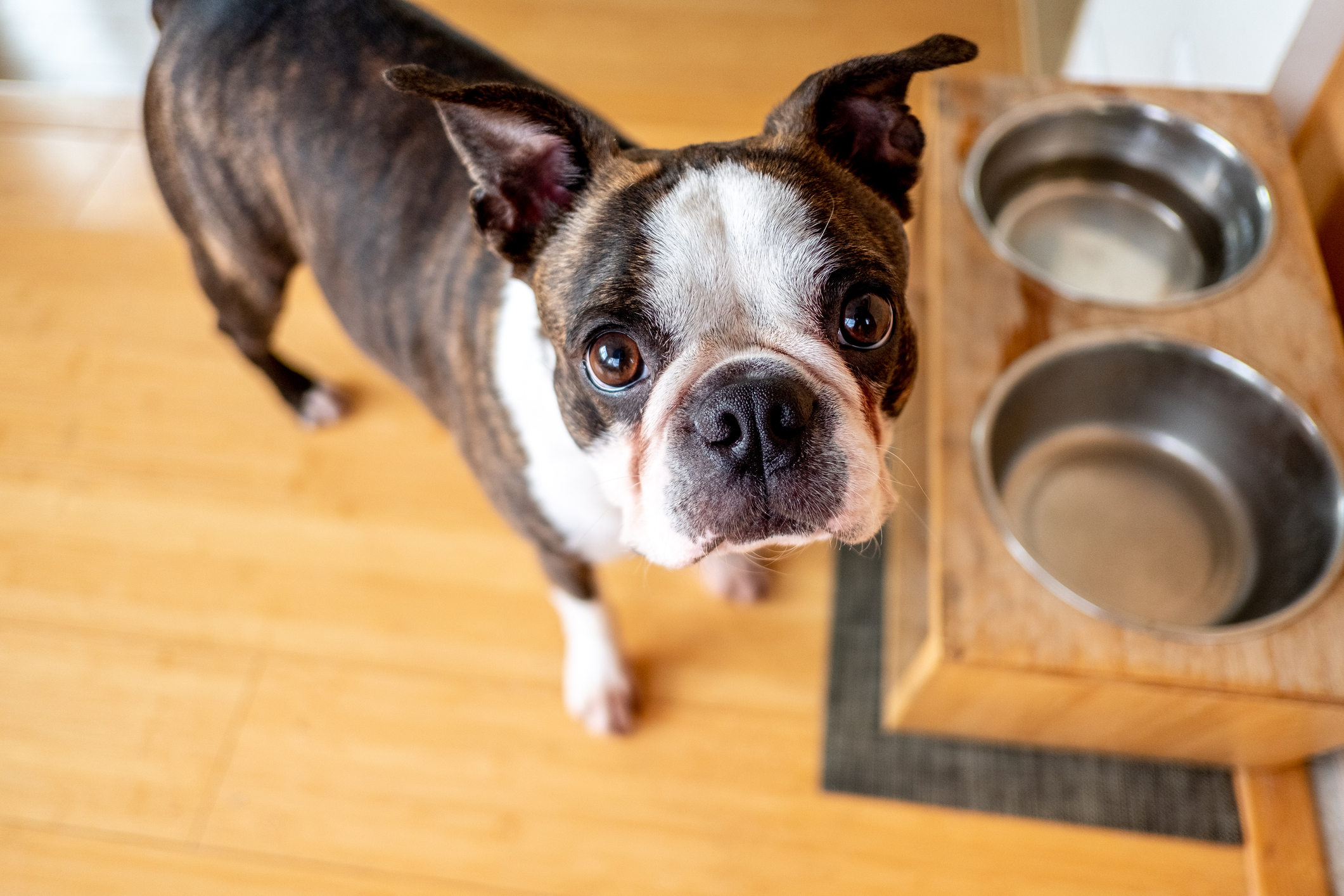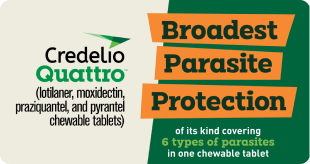
Should you worry about your cat’s salt intake? It depends. For cats with kidney and heart conditions, a low-sodium diet can help manage symptoms and may even slow the progression of their disease. Learn what role sodium plays in your cat’s diet, how low-sodium cat food helps cats with chronic diseases, and how to find out if a reduced salt diet is right for your cat.
Is Salt Bad for Cats?
While “salt” has become something of a four-letter word in health discussions, it’s not necessarily bad for our feline family members. In fact, sodium, the mineral found in salt, is essential for virtually all of the body’s processes. Too much or too little sodium can risk your cat’s health.
Sodium absorbs and transports water throughout the body. It carries fluids into the cells, increasing blood volume and blood pressure.
This essential mineral is also an electrolyte, meaning it helps transmit signals over electrical currents that control nerve sensitivity and allow the muscles to contract and relax.
Does My Cat Need a Low-Sodium Diet?
A low-sodium diet is recommended for cats with heart disease or kidney disease. For most healthy cats, a low-sodium diet is not necessary.
Most likely, you feed a complete and balanced cat food that meets or exceeds the Association of American Feed Control Officials (AAFCO) guidelines for their life stage. In that case, you likely do not need to worry about your cat’s sodium intake.
However, certain treats, particularly human foods, can have unhealthy amounts of salt, even for the average cat that does not have heart or kidney issues. Foods that contain added salt for flavoring and preservation, like salami, pepperoni, canned tuna, and jerky, are tempting to cats but loaded with sodium.
Chances are, your cat will eventually need a low-sodium diet by the time they become a senior, either due to chronic kidney or heart disease. When caught in the early stages, a low-sodium diet can benefit cats with these conditions. Early kidney and heart disease do not always cause symptoms. The best way to keep up with your senior cat’s changing dietary needs is to see your veterinarian every six months for bloodwork.
How A Low Sodium Cat Food Helps Kidney Disease
Chronic kidney disease (CKD) affects around 1 in 10 cats over age ten. As they age, your cat’s risk of CKD steadily increases, with over 80% of cats over age 15 developing the condition.
The kidneys filter excess minerals, protein, and wastes from the blood through the urine. In cats with CKD, a diet with controlled protein, sodium, and phosphorus helps reduce the strain on the kidneys. While this condition is not curable, dietary changes and medication can help control symptoms.
Only when the kidneys have lost 75% of their function will a cat show symptoms like increased drinking and urination, decreased appetite, and weight loss. That’s why taking senior cats to the veterinarian every few months is crucial. Markers of early-stage kidney disease can be assessed with regular bloodwork.
How Does A Low Sodium Diet Help Cats with Heart Disease?
Low-sodium diets are also recommended and prescribed for cats with some forms of cardiomyopathy (heart disease).
Sodium helps the body retain fluids, which in turn increases blood volume and raises blood pressure. In cats with heart disease, fluids can leak from the heart’s valves and build up in tissues surrounding the heart, lungs, or abdomen. A reduced sodium diet can help control blood pressure and fluid retention in cats with heart disease.
What Can My Cat Eat On A Low Sodium Diet?
If your cat is diagnosed with heart disease or chronic kidney disease, you’ll need to work closely with your veterinarian to find a diet that meets their specific needs.
Cats with kidney disease need a cat food with limited protein, sodium, and phosphorus. However, those with heart disease may not necessarily need reduced protein.
In early stages of disease, it may not be necessary to severely restrict your cat’s sodium intake, if at all. Restricting salt too much too quickly can have adverse effects on cats with early-stage kidney or heart disease. Your veterinarian may prescribe a therapeutic food such as Purina Pro Plan Kidney Function Early Care Cat Food, or they may recommend feeding a non-prescription senior cat food that is low in sodium.
You can find a frequently updated list of low-sodium cat foods from the HeartSmart section of the Tufts University Cummings School of Veterinary Medicine, which features both non-prescription and veterinary diets.
Your cat’s treats, food toppers, and even supplements can contain unhealthy amounts of sodium. If your cat is struggling with inappetence and weight loss, low-sodium treats and toppers can be a great help.
According to Tufts University, food and treats should contain less than 80 mg of sodium per 100 calories. Homemade or made-for-pets broths with no added salt, low-sodium canned cat food, and cooked chicken, turkey, and fish can be used to pique your cat's appetite.
Need help finding the right low-sodium diet for your cat? Contact your veterinarian or make a same-day televet appointment with VetLive today.














































